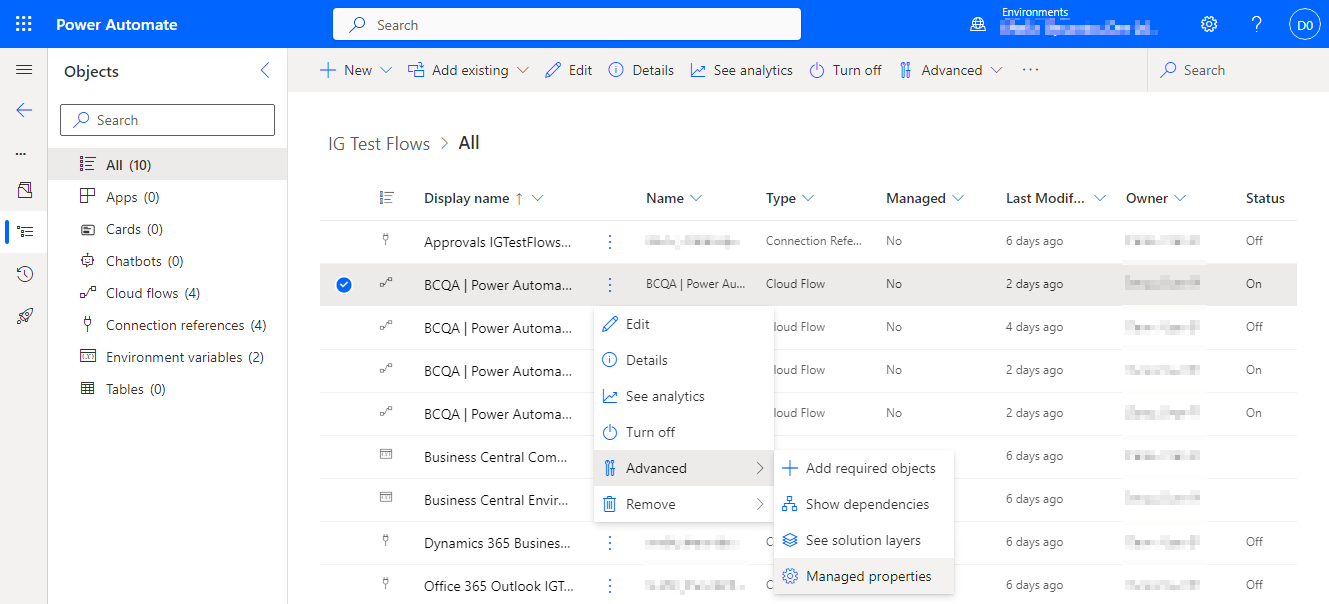 Important
Important
The planned-features for this release wave have been updated and this feature appears to have been removed.
 This post is part of the New Functionality In Microsoft Power Automate 2024 Wave 1 series in which I am taking a look at the new functionality introduced in Microsoft Power Automate 2024 Wave 1.
This post is part of the New Functionality In Microsoft Power Automate 2024 Wave 1 series in which I am taking a look at the new functionality introduced in Microsoft Power Automate 2024 Wave 1.
The 3rd of the new functionality in the Desktop Flows section is use Power Platform connectors in Power Automate for desktop actions.
Using Power Platform connectors directly in Power Automate for desktop actions will reduce logical loops and minimize time to create flows.
Enabled for: Admins, makers, marketers, or analysts, automatically
Public Preview: Apr 2024
Early Access: –
General Availability: Jun 2024
Feature Details
As a maker, you’re now able to use more than 1,000 cloud connectors, currently available in cloud flows, straight through desktop flows. This feature helps reduce logical loops and minimize flow creation time. It also helps ensure all actions capabilities are available through desktop flows for the Power Platform connectors.
My Opinion
I’ve been meaning to take more of a look at desktop flows for a while now, but haven’t had the time. I was aware that you could call cloud flows from a desktop flow, but this enhancement will allow you to use cloud connectors directly from the desktop flow, which seems like a useful enhancement.






